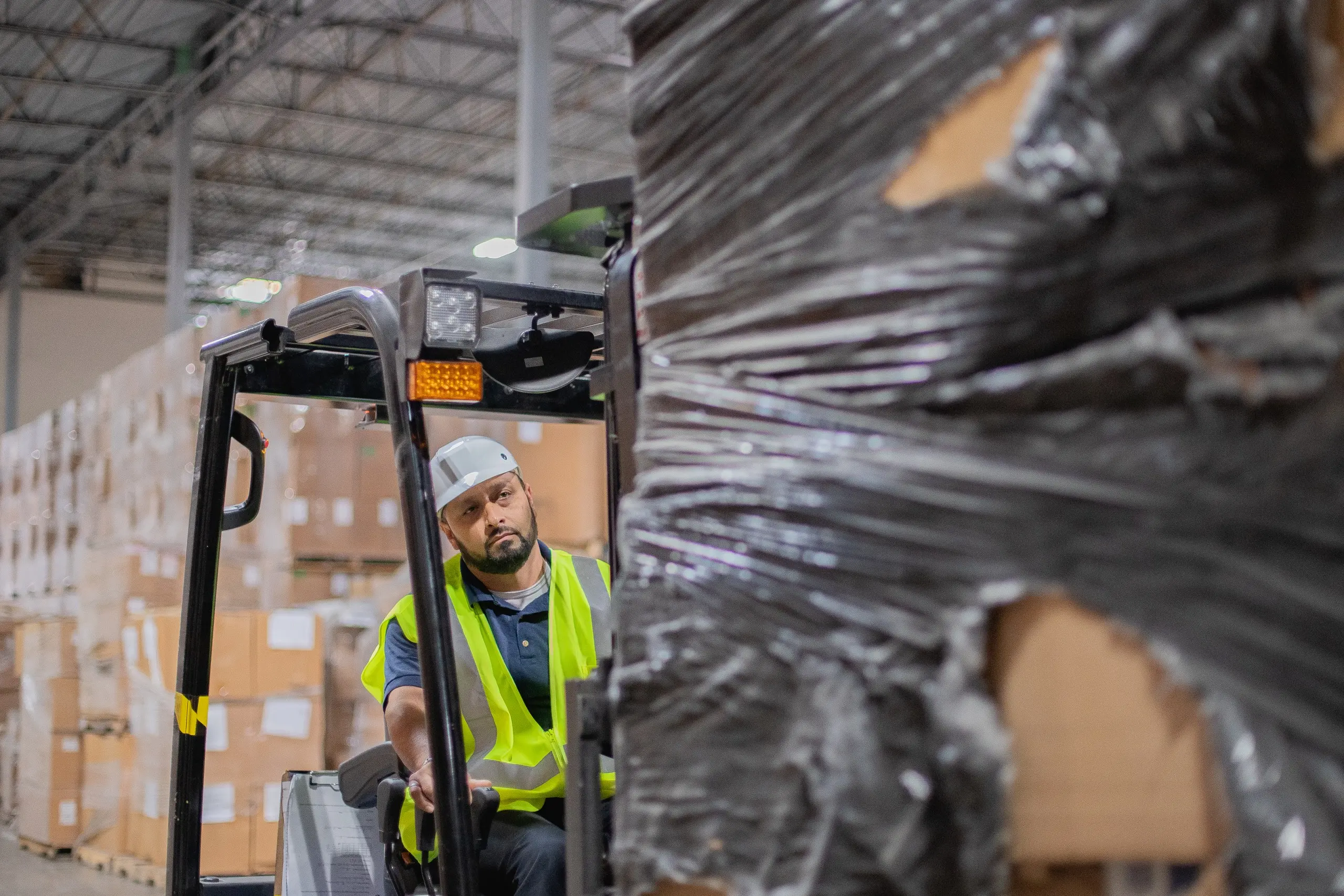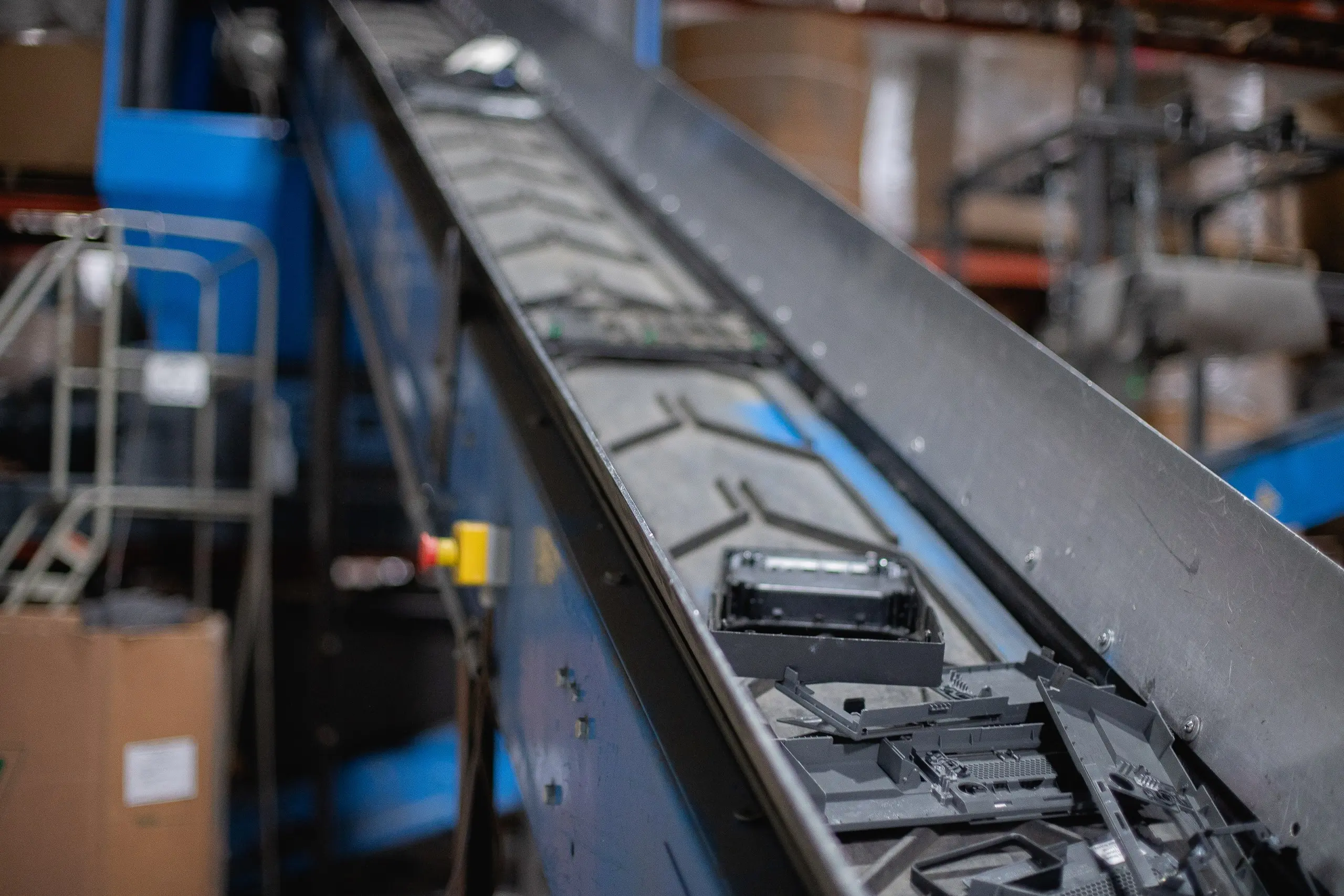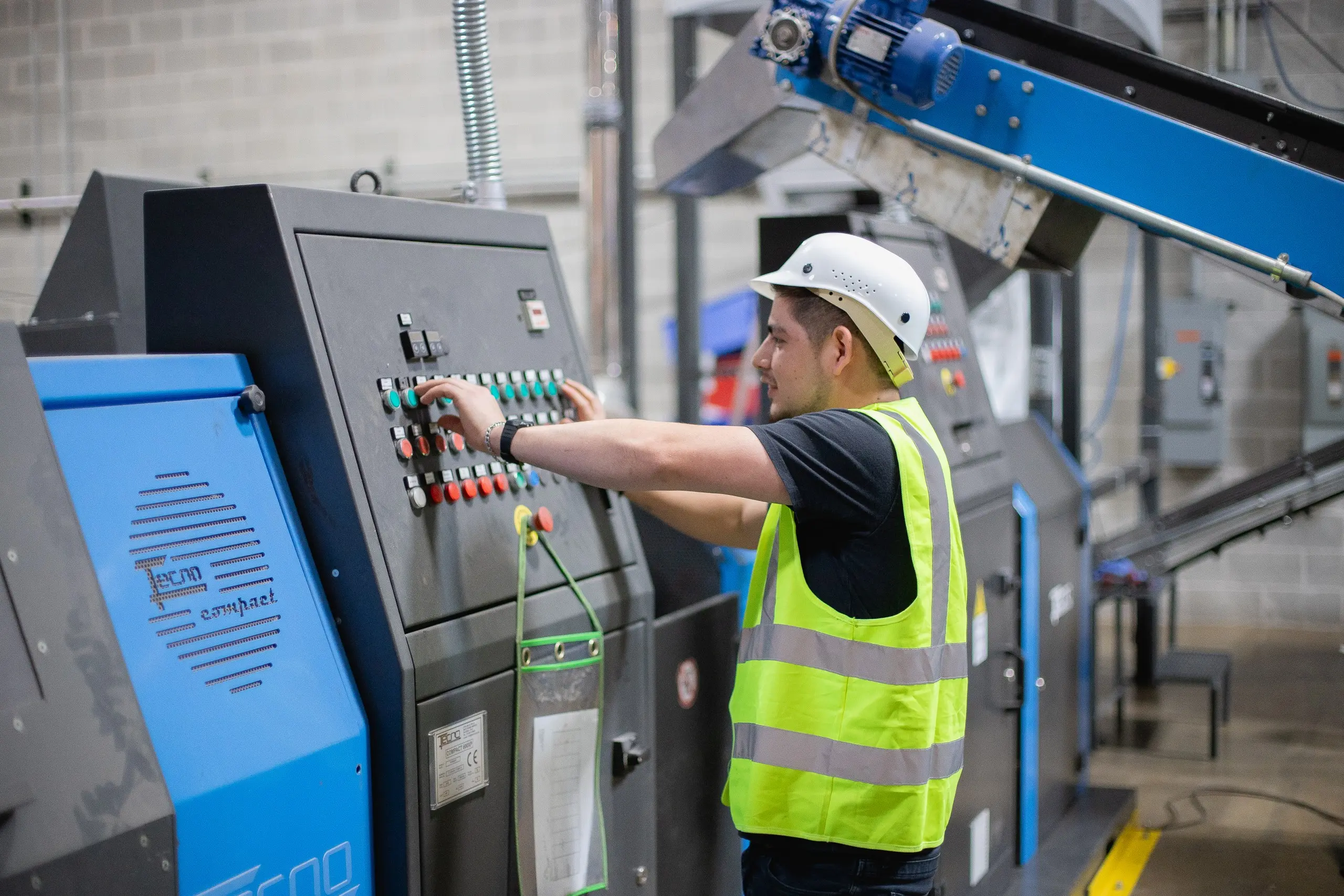Universal Circular Economy Model

Optimized Manufacturing
The concept of a circular economy involves taking materials and resources from products at the end of their useful life and reusing and re-purposing them to manufacture new products. At Genesis Dome, we recognize the importance of this model. Our solutions for the manufacturing sector drive and promote the optimization of circular economies. These solutions protect the environment and encourage innovation and optimization in industry and the manufacturing sector.
✔ Increased Cost of Raw Materials — Not only are raw materials in high demand and difficult to extract in an environmentally friendly way, but they are also costly to obtain. As the quantities of raw materials in the world decrease, prices increase due to scarcity and import costs. As a result, raw materials for manufacturing become more expensive.
✔ Negative Environmental Impact — The conventional way of extracting resources from the environment harms the earth, as doing so increases carbon emissions. In addition, products are traditionally discarded at landfills and other natural areas once they exhaust their useful life, negatively impacting the environment.
✔ Growing Demand for Resources — Given the world’s finite resources, demand for them increases over time. Human populations are rising while the amounts of raw materials are depleted simultaneously. This inverse relationship creates a growing demand for raw materials.
✔ Increased Cost of Raw Materials — Not only are raw materials in high demand and difficult to extract in an environmentally friendly way, but they are also costly to obtain. As the quantities of raw materials in the world decrease, prices increase due to scarcity and import costs. As a result, raw materials for manufacturing become more expensive.
✔ Negative Environmental Impact — The conventional way of extracting resources from the environment harms the earth, as doing so increases carbon emissions. In addition, products are traditionally discarded at landfills and other natural areas once they exhaust their useful life, negatively impacting the environment.
✔ Growing Demand for Resources — Given the world’s finite resources, demand for them increases over time. Human populations are rising while the amounts of raw materials are depleted simultaneously. This inverse relationship creates a growing demand for raw materials.
Universal Circular Economy Model
Genesis is a leader in electronic waste recycling, expanding these circular economy models to achieve across-industry waste diversion goals. The scalability of these models is a unique advantage and value to Genesis clients and partners. Here’s how Genesis delivers value.
✔ Take-Back and Recycling Programs — By providing convenient collection points and mail-in options, Genesis makes it easy for clients to return their electronic devices, ensuring proper disposal and allowing for valuable resource recovery through dismantling and component separation.
✔ Refurbishment and Resale — Genesis goes beyond traditional recycling by offering refurbishment and resale services. Through expert repair and restoration, Genesis extends the lifespan of used devices, offering clients affordable electronics.
✔ Component Harvesting — Genesis specializes in extracting and harvesting valuable components from electronic devices. We prioritize safety and environmental sustainability in our operations, ensuring that the process is carried out in a controlled and responsible manner.
✔ Material Recovery and Recycling — Genesis utilizes cutting-edge demanufacturing technologies and innovative processes to extract and recover valuable materials from electronic waste.
✔ Design for Recycling — Genesis actively collaborates with electronics manufacturers and reaches across industries to promote “design for recycling” principles.
✔ Extended Producer Responsibility (EPR) Programs — Genesis actively participates in Extended Producer Responsibility (EPR) programs, a key component of our commitment to environmental stewardship.
✔ Take-Back and Recycling Programs — By providing convenient collection points and mail-in options, Genesis makes it easy for clients to return their electronic devices, ensuring proper disposal and allowing for valuable resource recovery through dismantling and component separation.
✔ Refurbishment and Resale — Genesis goes beyond traditional recycling by offering refurbishment and resale services. Through expert repair and restoration, Genesis extends the lifespan of used devices, offering clients affordable electronics.
✔ Component Harvesting — Genesis specializes in extracting and harvesting valuable components from electronic devices. We prioritize safety and environmental sustainability in our operations, ensuring that the process is carried out in a controlled and responsible manner.
✔ Material Recovery and Recycling — Genesis utilizes cutting-edge demanufacturing technologies and innovative processes to extract and recover valuable materials from electronic waste.
✔ Design for Recycling — Genesis actively collaborates with electronics manufacturers and reaches across industries to promote “design for recycling” principles.
✔ Extended Producer Responsibility (EPR) Programs — Genesis actively participates in Extended Producer Responsibility (EPR) programs, a key component of our commitment to environmental stewardship.


Benefits of a Circular Economy
✔ Less Demand/Cost for Raw Resources — Since circular economies re-use and re-purpose resources, there is much less reliance on using raw materials for manufacturing. As a result, circular economies make manufacturing less expensive because raw materials do not need to be purchased as often. Using materials again creates additional value and minimizes resource costs.
✔ Improved Product Innovation — Circular economies cultivate innovation from a product design and manufacturing perspective. Re-using and re-purposing materials promotes more environmentally friendly, efficient, and cost-efficient ways to produce new versions of the same product.
✔ Minimizing Environmental Impact — The circular economy model reduces waste output, which minimizes environmental impact. Circular economies are a more environmentally friendly alternative than the traditional linear model, in which materials are thrown away in large quantities. A circular economy is a sustainable solution because it reduces waste and is environmentally friendly.
✔ Improved Product Innovation — Circular economies cultivate innovation from a product design and manufacturing perspective. Re-using and re-purposing materials promotes more environmentally friendly, efficient, and cost-efficient ways to produce new versions of the same product.
✔ Minimizing Environmental Impact — The circular economy model reduces waste output, which minimizes environmental impact. Circular economies are a more environmentally friendly alternative than the traditional linear model, in which materials are thrown away in large quantities. A circular economy is a sustainable solution because it reduces waste and is environmentally friendly.
Contact Our Team
From secure electronics disposal to tailored industry solutions, we’re here to help.
Connect with our team today for reliable, eco-friendly waste management services.
